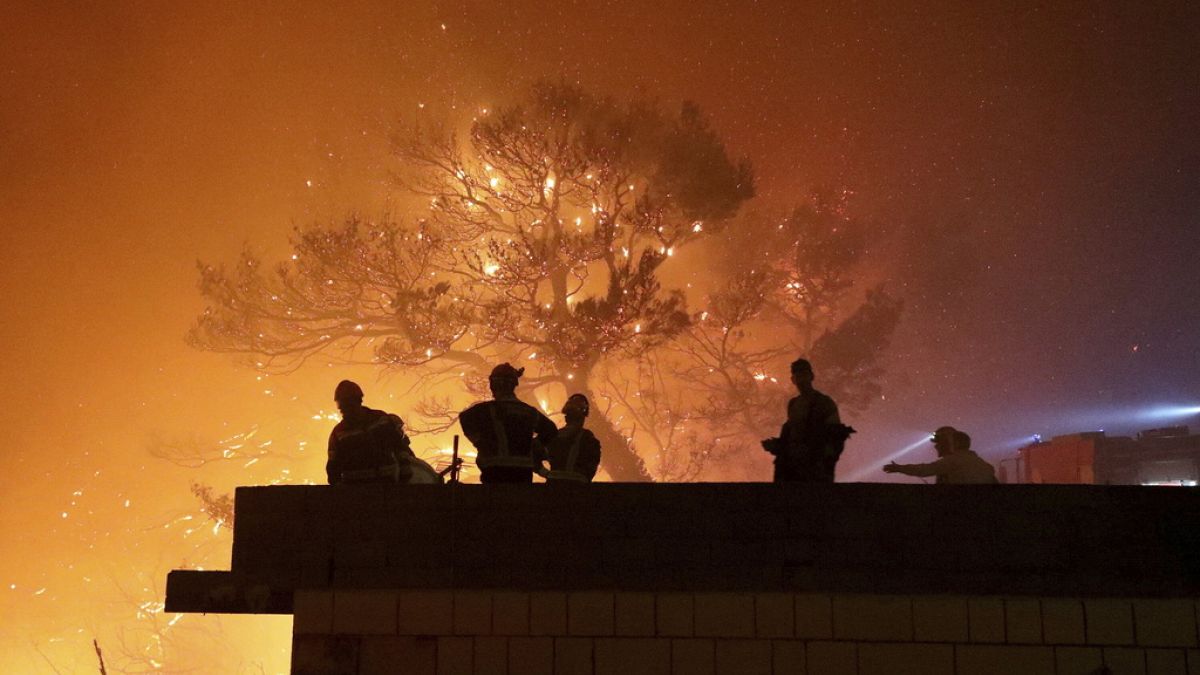The heatwave in Europe has led to an increased risk of wildfires, prompting the European Union to activate its emergency mechanism for on-ground assistance. Established in 2001, the EU Civil Protection Mechanism consists of three branches and deploys a fleet of 28 water bomber planes and 4 helicopters through its Member States to combat wildfires. Additionally, the EU has allocated €600 million to purchase 12 water bombers that are expected to be operational by the end of the decade and will be distributed among six member states.
Furthermore, the EU can intervene on the ground with more than 500 firefighters pre-positioned in four southern EU Member States—France, Portugal, Spain, and Greece—who can be called upon to assist local teams if needed. The European Earth observation program, Copernicus, provides satellite images to monitor wildfires worldwide. To request assistance from the EU’s mechanism, national authorities can contact the Emergency Response Coordination Centre in Brussels around the clock for a rapid response.
While fire prevention is primarily the responsibility of Member States, the EU has implemented an action plan to enhance administrative capacities, knowledge, and investments in wildfire prevention. The European Commission’s Joint Research Centre reported that wildfires destroyed nearly 900,000 hectares of land in the EU in 2022. However, 2023 was even more severe, with the largest fire in Europe and one of the worst wildfire seasons ever recorded in the Union, prompting the EU to develop a method to assess national prevention systems and share best practices among Member States.
Not limited to within the borders of Member States, the EU Civil Protection Mechanism extends its assistance to other countries in need, as seen with interventions in Chile, Canada, Tunisia, and Albania. Last year, the Mechanism was activated 10 times, and so far this year, it has been utilized five times. The EU’s goal is to act as quickly as possible, responding within a few hours, sometimes even minutes, to requests for assistance.
In conclusion, the heatwave in Europe has led to an increased risk of wildfires, prompting the European Union to activate its emergency mechanism for on-ground assistance. The EU Civil Protection Mechanism, established in 2001, deploys a fleet of water bomber planes and helicopters through Member States to combat wildfires. In addition to providing pre-positioned firefighters, the EU uses satellite images from the Copernicus system to monitor wildfires worldwide. The EU is also actively working on enhancing wildfire prevention measures and coordinating assistance efforts within and outside of Member States to address the growing wildfire severity in Europe.









